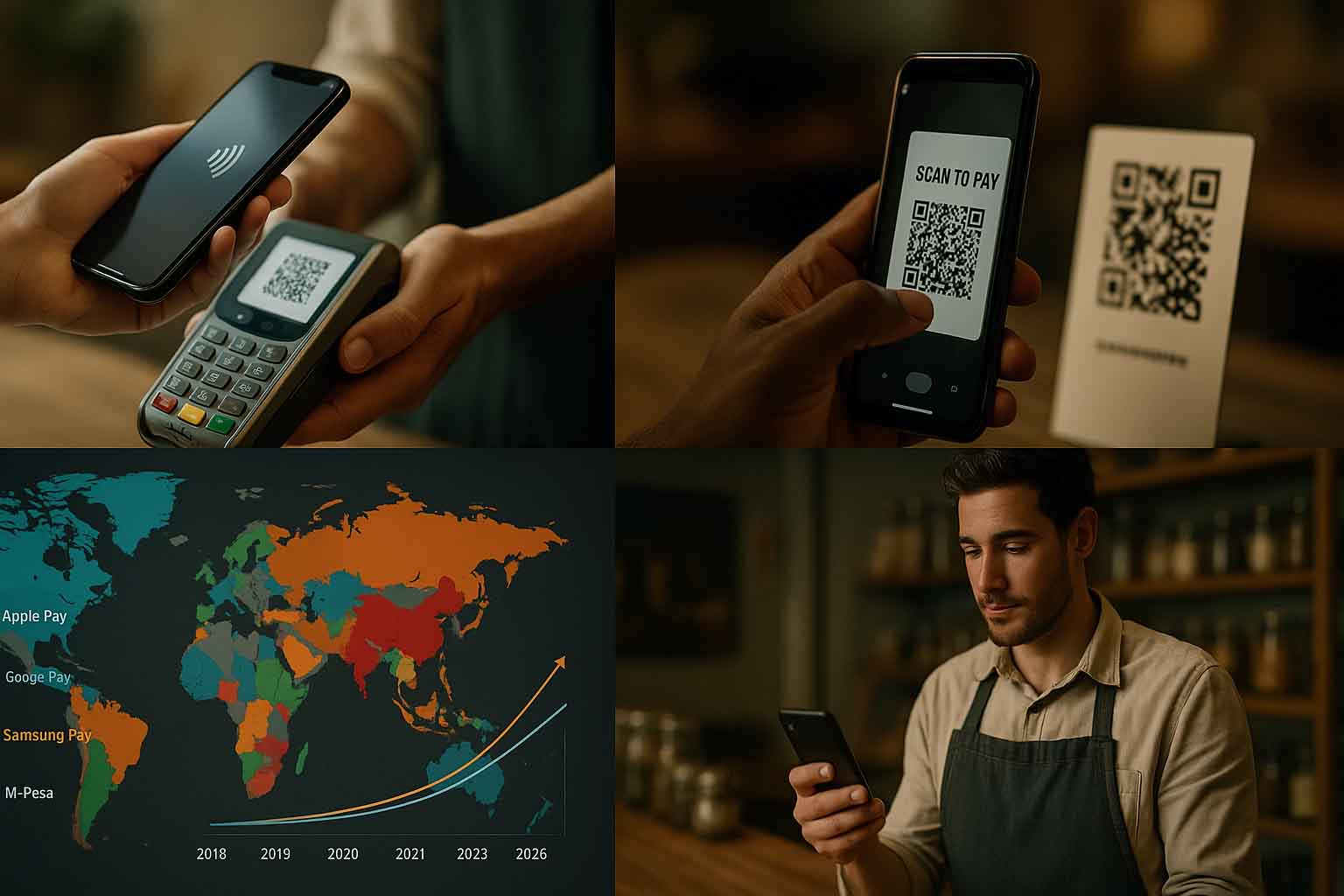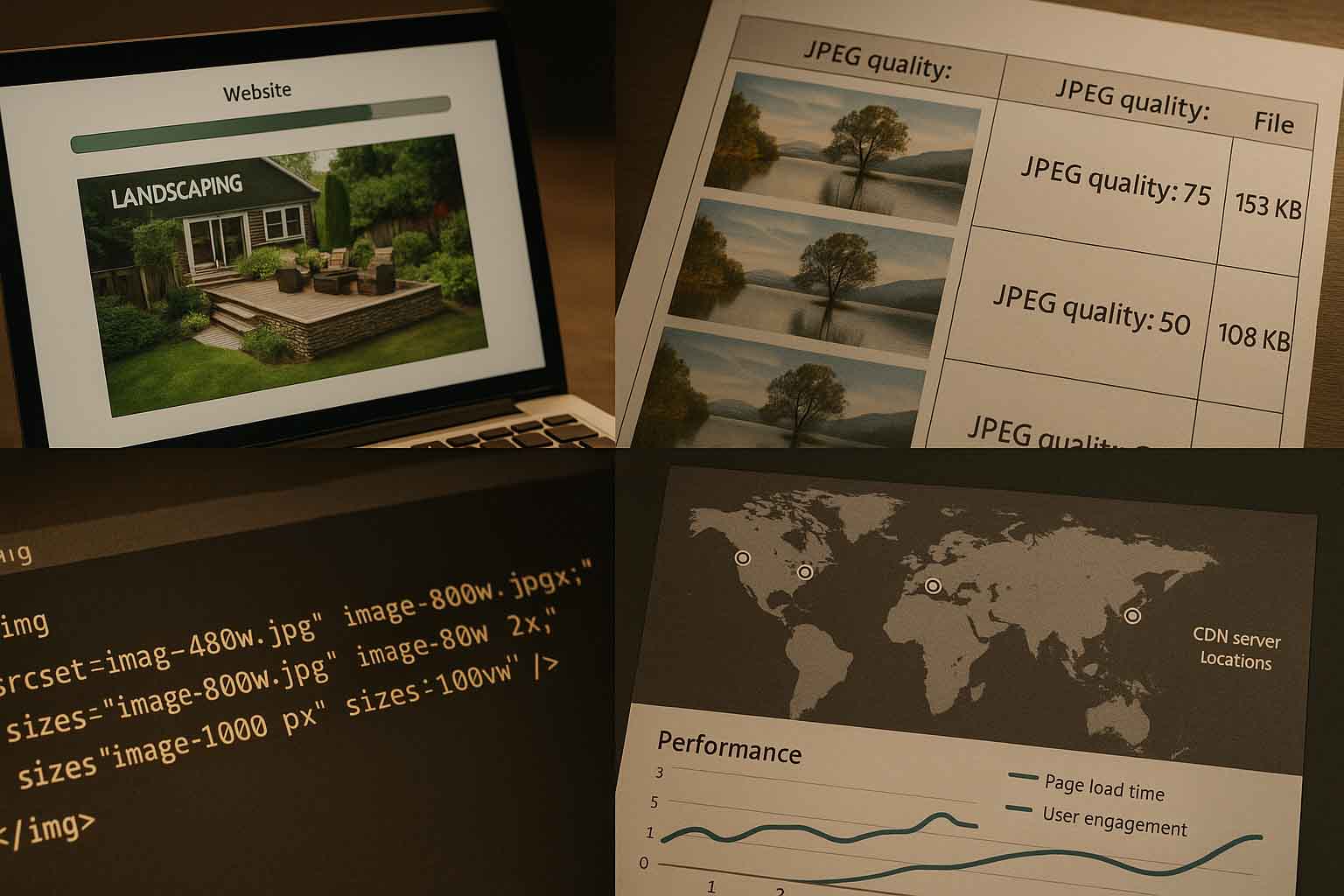
How Mobile Payments Are Reshaping Commerce
Money moves faster when it’s in your phone. For businesses, creators, and buyers across the globe, there’s no need to hold cash or wait days for a bank transfer. With just a tap, payment is made. The bigger question is: how is this transforming commerce everywhere?
Quick Overview
Mobile payments reduce friction in buying and selling, open new markets for the unbanked, and provide data clarity for better business decisions.Payment models vary globally: QR codes in China, instant payment rails in India, mobile remittance wallets in Africa, and contactless cards in Europe. All aim to simplify and secure transactions.What matters most moving forward is trust, system security, and cross-platform compatibility to prevent apps and networks from becoming isolated silos.
Why the Shift to Mobile Matters
This shift isn’t just about convenience. The mobile phone is the most accessible internet-connected device for billions. When money flows through it, more people join the economy. Think of an artisan in Nairobi who receives payments via SMS wallet, or a food truck in Stockholm operating without a cash drawer. Capital moves quicker, and so does business.
The Rise of “Tap and Pay”
When contactless payments first launched, people were skeptical. Was it secure? Could the card be skimmed easily? Over the years, hands learned the habit: tap your phone or card, and you’re done. Encryption improved. Tokenization became stronger. Now, it’s second nature. A beep, a receipt, and it’s over.
QR Codes and Super Apps: The East’s Blueprint
In China, QR codes rule from street vendors to luxury stores. WeChat Pay and Alipay dominate. All it takes is a printed code and a phone camera. No expensive POS system, no deep integration needed. Everything lives in one app: payments, messaging, shopping. Southeast Asia followed suit. It’s like a digital Swiss Army knife that empowers small shops.
Real-Time Rails: Lessons from India and Brazil
India’s UPI and Brazil’s PIX show what happens when governments and banks cooperate on open protocols. Money transfers are free or cheap. APIs are open. Businesses compete on the same rail. The result? More innovation, and lower costs for merchants and consumers alike.
Contactless Cards and Wallets in the West
Europe still favors contactless cards, often paired with mobile wallets like Apple Pay and Google Pay. The U.S. was slower to adapt but has seen the rise of peer-to-peer wallets and “buy now, pay later” apps. Fintechs battle for the user experience, while traditional banks try to stay relevant.
Africa and Latin America: Inclusion in a Pocket
M-Pesa in Kenya is the classic case of mobile money working even with feature phones. Instead of apps, users rely on SMS and USSD codes. In Latin America, digital wallets offer bill payments, microloans, and cash-in options at convenience stores. It connects the unbanked to digital commerce.
The Impact on Small Businesses
Micro and small enterprises benefit the most. There’s no need to buy a full POS system right away. Some apps work fine on old Android phones. Bookkeeping becomes easier with digital records. As one cafe owner in Berlin shared, “The line moves faster, we handle less change, and I get clearer sales reports every night.”
Key Benefits and Challenges
- Faster than cash or traditional bank transfers
- Easier for new merchants to start accepting payments
- Cleaner data for inventory planning and sales forecasting
- Ongoing risk of fraud and phishing if users aren’t informed
Security: Trust Is the Core
Speed means nothing without trust. That’s why multifactor authentication, token-based systems, and regulatory compliance like PSD2 in Europe are critical. In Africa and Asia, programs teach people how to avoid social engineering attacks. User education is just as vital as secure code.
Privacy and Data Protection
More transactions mean more data. Who controls it? How is it protected? Some countries enforce clear consent and limit data collection. Others lag behind, allowing targeted ads without user awareness. Governance will shape whether the public keeps trusting these systems.
Interoperability: One Ecosystem or Fragmented Networks?
When each country uses a different payment rail, or apps follow unique QR formats, users face fragmented experiences. Efforts are underway to standardize QR formats and support cross-border transfers. But it’s complex. It takes cooperation between regulators, banks, and tech platforms. If successful, global trade could flow with fewer fees and delays.
Digital Identity and KYC
Payments tie directly to identity. To prevent money laundering, systems must verify users. India’s Aadhaar-based eKYC works well. Europe uses eIDAS. The challenge is balancing compliance with privacy. With smart design, identity checks can be simple and non-invasive.
Buy Now, Pay Later and Microcredit Features
Credit now appears right inside the payment button. With a single tap, buyers can finance their purchases. Sales go up, but so does the risk of overspending. This has prompted calls for clearer disclosure of fees and terms. Australia and the UK have started tightening rules around BNPL apps.
Crypto Wallets and Stablecoins in the Mix
Some countries now use stablecoins for remittances due to low cost and high speed. Still, they’re not mainstream. Price volatility, technical barriers, and unclear rules hold them back. Some fintechs are adding crypto to multi-currency wallets for freelancers who get paid internationally.
Sustainability and Digital Receipts
The trend is paperless. Digital receipts and statements reduce the need for paper and ink. Some apps even show the estimated carbon footprint of each transaction. A coffee chain in Amsterdam includes a note on its e-receipts: how many grams of CO₂ were saved by not printing. Small action, measurable impact.
Omnichannel Commerce: Smooth from Screen to Store
Using the same payment method online and in person keeps things simple. No need to type in card details on a website if your wallet is already in your phone. At the store, tap. On social media, click a link. At an event, scan a QR code. The same profile works everywhere, making it easier to track the full customer journey.
Data-Driven Decisions for Merchants
Digital records let small sellers build dashboards: peak sales hours, top repeat purchases, promo code usage. With this data, they can adjust pricing or stock on the fly. No need for a complex ERP system to make informed choices.
Cross-Border Payments and Remittances
More migrant workers are choosing mobile wallets over traditional money transfer operators. It’s cheaper, faster, and funds arrive in real time. Some corridors use stablecoins. Others rely on instant payment rails. As protocols align, remittance costs could drop further, directly improving millions of lives.
Regulation’s Role in Safe Speed
Regulation is necessary for anti-money laundering, consumer protection, and stability. But too many rules can slow innovation. Many countries use “regulatory sandboxes” where pilots are tested before setting final policies. This helps good ideas grow without being buried under red tape.
Emerging Tech: Tokenization, Biometrics, Offline Mode
Tokenization reduces card data exposure. Biometrics like fingerprints or facial recognition reduce password reuse. Offline payments using stored value are in testing, especially in places with weak network signals. This makes the system more resilient during outages or disasters.
What Businesses Should Watch
First, understand how your customers prefer to pay. If QR is popular, don’t force NFC. Second, review fees. For small payments, a flat fee may beat a percentage cut. Third, examine your payment partner’s data policy. If customer insights are locked in a closed system, you lose valuable knowledge.
What Consumers Should Keep in Mind
Always read the terms. Check for hidden fees. Beware of phishing messages offering refunds or fake verifications. Use strong PINs or biometric security. Avoid public Wi-Fi for payments unless you’re using a VPN. Keep a separate wallet or card for online purchases to limit risk.
Role of Major Tech Firms
Large tech platforms hold great influence. Their choices on fees, ads, and data policies affect everyone. There’s a growing call for open compatibility. Closed ecosystems hurt small developers and independent merchants trying to compete.
Looking Ahead: Subtle and Personal Payments
The physical wallet is fading. Payment credentials now live in smartwatches, earbuds, even cars. Voice-activated shopping is growing, too. Still, consent and clear confirmation matter. The system must ensure user approval, not just voice recognition tricks.
A Brief Example: A Small Brand with Global Reach
An independent artist in Mexico City sold digital prints via social commerce. Buyers came from Berlin, Lagos, and Tokyo. She used a global wallet that supported multiple currencies. Conversions happened instantly. A chatbot handled service requests. Before, she waited days for wire transfers. Now, she buys canvas and ink faster and ships orders sooner.
Balancing Sustainability and Accessibility
Not everyone can download heavy apps. Some companies offer lightweight versions for low-bandwidth areas. There’s also a push to make interfaces friendly for those with vision or hearing impairments. This way, mobile payments stay fast, affordable, and fair.
Mobile payments are more than just a tech upgrade. They represent a shift in behavior and in how value is created. More people can participate, commerce flows faster, and data becomes clearer. If we keep prioritizing security, privacy, and open systems, mobile payments could lead to a more inclusive and productive global economy. That’s the real change sitting quietly in our pockets.


No Comments